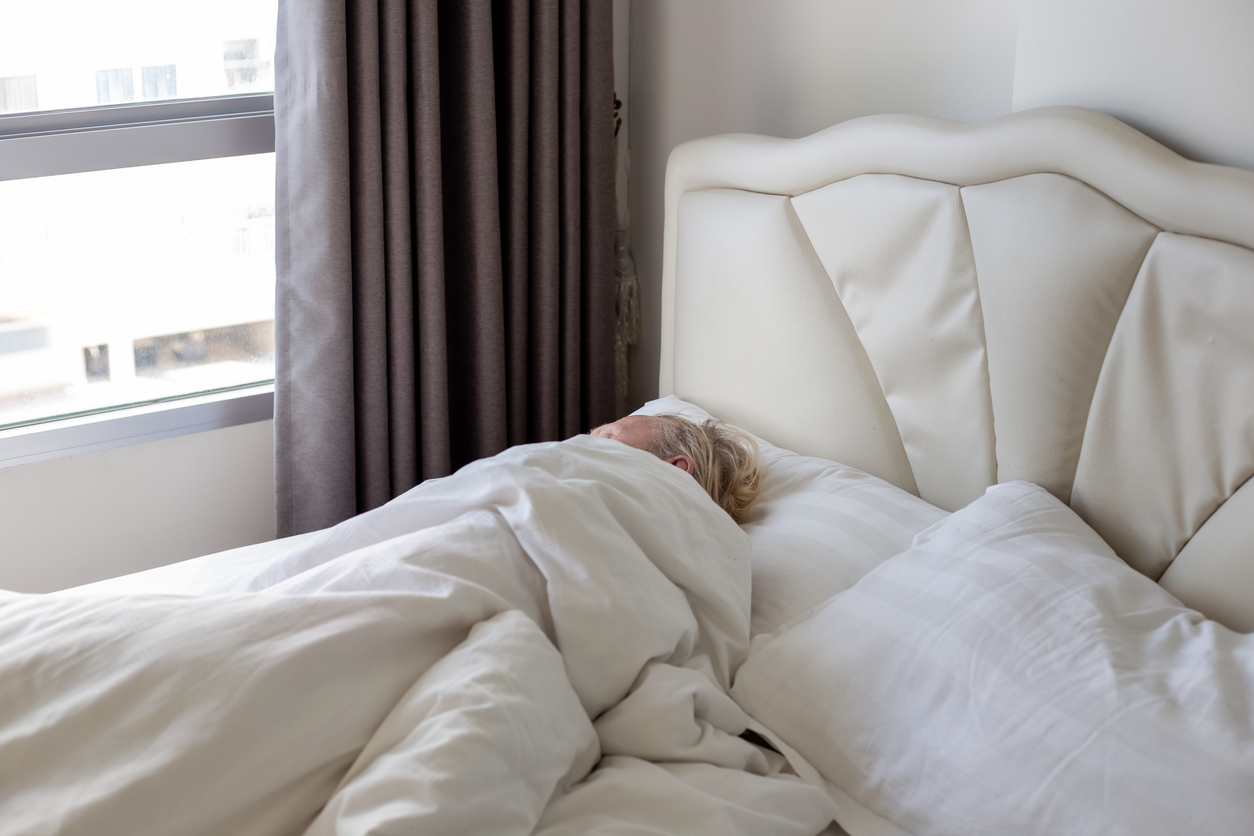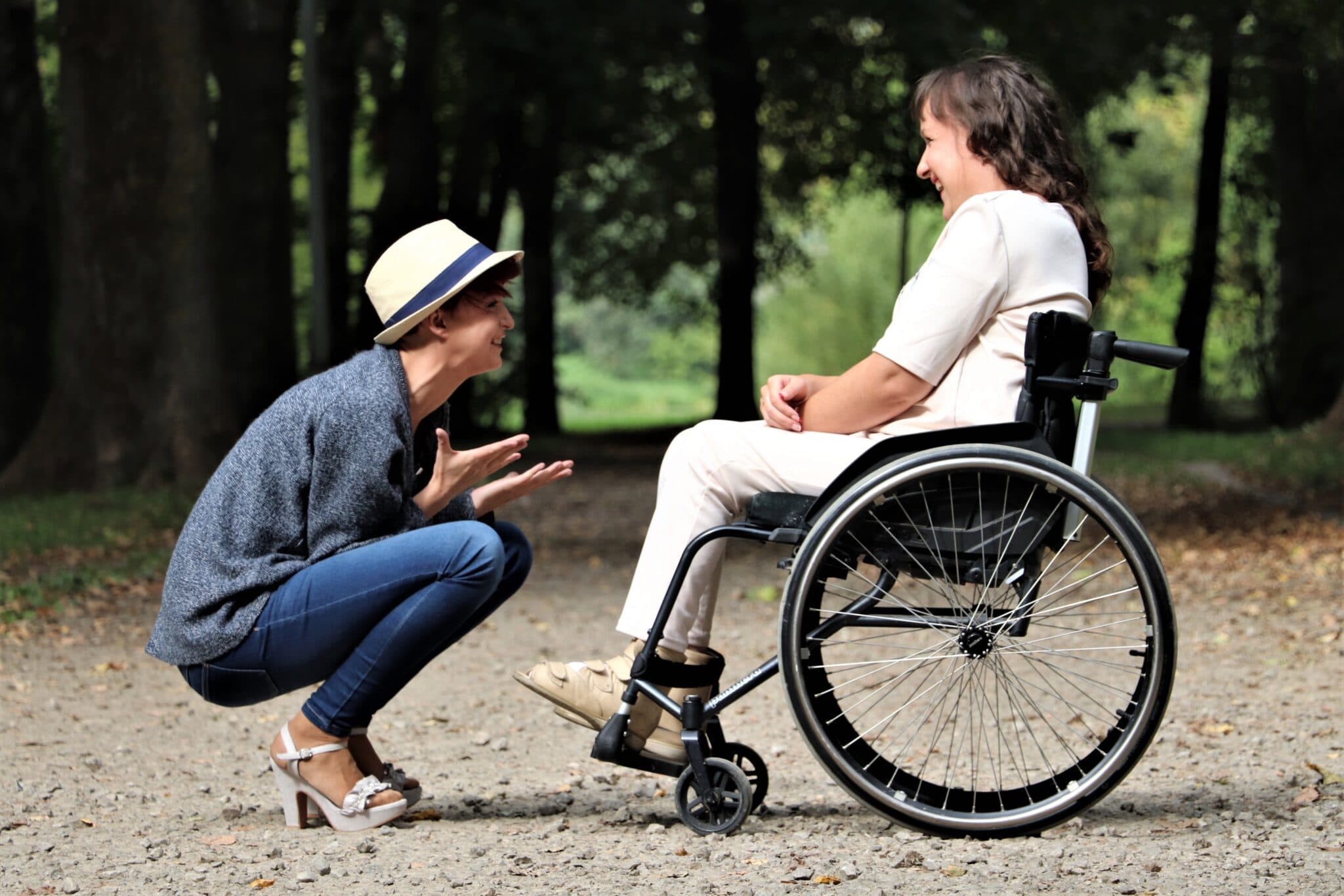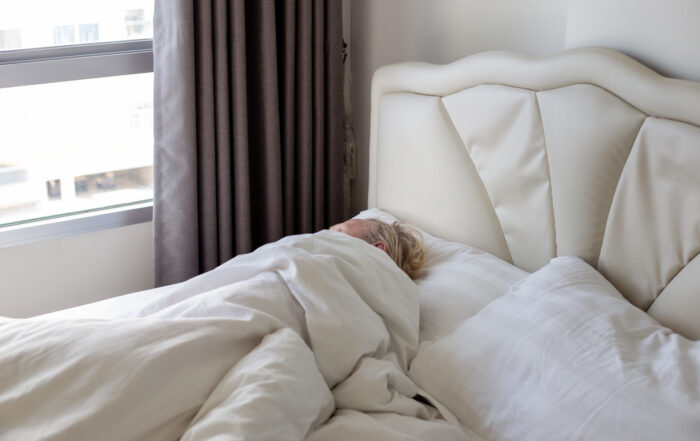How to Fix Bad Posture When Sitting
Social Links
Not to nag, but if we reminded you, as you’re reading this, to sit up straight, would you suddenly notice that you were slouching over your phone or laptop? Did you have to pull your shoulders down, and maybe tuck your chin back in, as you scrolled down? If you did, don’t feel too bad. As many as half of all back pain sufferers believe it is due to their poor posture, too – despite how much nagging we might have endured as a child…
The good news, though, is that noticing your posture problem is the first step towards being able to fix it. And given that good posture can have a positive impact not just on our aches and pains but also on our health, energy levels and general well-being, what better motivation could there be to start building new habits and learning how to improve your posture?
- Problems Caused by Bad Posture
- What is an Ideal Sitting Posture?
- How to Improve Posture as We Age
- How to Fix Bad Posture with Supportive Furniture
- Posture Care for Limited Mobility
Problems Caused by Bad Posture
Bad posture is, essentially, the opposite of good posture. Good posture is when everything in the body is aligned, with the head, shoulders and hips stacked vertically over each other. When we’re twisted, hunched, slumped to one side or our head is tilted too far one way, this pulls unnaturally on our muscles and joints. When we’re sitting – which is something many of us are doing more of, for various reasons – in a bad position for a prolonged period, muscles can become strained which is the reason you may get headaches or feel stiff and sore afterwards.
These sorts of aches and pains usually go away with stretches, massage or applied heat, but if sustained over time bad posture habits can cause other complications as well. The prolonged strain on your muscles can restrict circulation, affecting your body’s ability to heal, quality of sleep and various circulation-related medical conditions. It can also cause shortening of the chest muscles, which can lead to stooping. Additionally, slouching makes it difficult for your diaphragm to move properly, meaning it’s harder to take full, deep breaths. Long term, this can impact the health of your spine, digestion, eyesight, balance and your ability to fight off colds and flu.
What is an Ideal Sitting Posture?
No matter what sort of chair you’re using, maintaining a correct sitting posture is about being aware of where your spine is. It should always rest back against your chair, with your head supported and not leaning forward – there shouldn’t be a gap between your lower back and the chair, so you might need a lumbar support cushion.
Make sure your shoulders are relaxed, with your elbows held at a natural height. Your hips and knees should be at right angles, with your feet resting flat on the floor. They shouldn’t dangle, so if your chair is too high consider getting a footrest or even an old book to rest them on – or even better, get a which will sit at exactly the right height for you and have a built in foot rest, so you can avoid any trip hazards. These chairs can also come with incorporated lumbar support, so there’s no messing around with cushions either.
If you work at a desk, your screen should be at eye level, and the desk should be at the right height so that you don’t have to crick your wrists back to type. If you have lower back troubles, consider getting a lumbar support cushion, or rolling up a small towel to place behind your back. Don’t cross your legs, sit on one foot or work with the computer on your lap – even if it’s a laptop.
How to Improve Posture as We Age
There’s no reason to avoid sitting, of course – but if a desk job or decreased mobility has got you doing more of it than you’d like, there are ways to make sure bad posture doesn’t make things uncomfortable. If you work, and especially if you have a desk job, then a decent quality office chair with adjustable height settings will keep you from cramping up and straining your back and neck muscles. Be sure to break up your sitting spells by getting up and moving about at least every hour – you could even set an alert on your phone to chime five minutes before each hour – and practice neck and shoulder stretches at your desk.
Doing gentle exercise each day keeps muscles strong and supple and is great for countering the effects of a less active lifestyle. Yoga is a great example. Positions like child’s pose, bridge, cobra and cat cow are helpful for stretching out the chest and shoulder muscles and learning how to straighten your back. Pilates is excellent for core strengthening. Almost any style of dance is great for posture, particularly ballet, or ballroom dancing for an added social element. Maintaining a healthy weight will also aid posture, as will wearing comfortable, low-heeled shoes.
How to Fix Bad Posture with Supportive Furniture
Having the right chair for your needs is imperative for maintaining good posture. A suitable chair will hold you in the correct position, as we described earlier, while a less desirable option will force you into positions that are not only uncomfortable but put unnecessary strain on your body. This is especially important when we consider that many over 65s spend up to nine hours a day sitting. The best option, therefore, is a made-to-measure lounge chair or sofa chair that holds your head, shoulders, hips, arms, knees and feet in the correct position and supports the natural ‘S’ shape of your spine.
This precise tailoring helps keep pressure off your muscles and joints, which can help with circulation and in particular prevention of pressure sores. Being able to recline with the feet up and the head back is not only great for relaxing, but can help alleviate stiffness and soreness associated with bad posture by stretching the body out and allowing healing blood cells to circulate freely. It’s also ideal for arthritis sufferers as it takes the load off your back, hips and knees – you could even opt for a heat or massage function to ease away the strains of the day. Plus, you can customise the colour, style and fabric of your chair, so it’ll be perfect for you in every way!
Posture Care for Limited Mobility
A tailored recliner chair is an item of furniture suitable for anyone and everyone seeking extra comfort… from those with limited mobility or high care needs, to others just looking to kick back and ease into that perfect position. Why? Because
a tailored recliner chair offers a way of being able to change positions regularly without having to get out of the chair or physically move around – we can adjust the position of the chair with a remote control. Dual motor function allows for easy and precise positioning, and many also come with a rise function to assist in moving in and out of the chair.
Good posture is also important for those who spend a lot of time in bed, as lying in a twisted position, or sitting up in a slumped one, can also cause strain on the body, particularly in the neck, shoulders, back and hips. The best way to prevent this is to invest in an adjustable frame and mattress, which allows the user to lie flat, raise their head or legs and even sit up completely, while still being supported at each joint. There are even some models, such as the Bingley, which have a swing function for assisting in getting on and off the bed – which means significantly lower risk of falls and accidents, as well as increased independence.
The Bottom Line
It’s never too late to start thinking about your posture. And while breaking in new habits can take time, practicing good posture each day is much better than only thinking about it when it needs work – like when your shoulders start to hurt. Whether that’s making time for stretches, setting alerts to remind you to move around, or even sticking a post-it note to your computer reminding you to ‘sit up straight!’, each small action can add up to a big improvement.
To help the process (and to reward yourself for all your efforts) why not invest in an extra comfortable recliner chair from the Mobility Furniture Company? With tailored measurements ensuring that each joint and muscle is in its optimal place, you’ll have proper posture without even having to think about it – no nagging required!
*This website contains general medical information. The medical information is not advice and should not be treated as such. Read our full Medical Disclaimer here.



